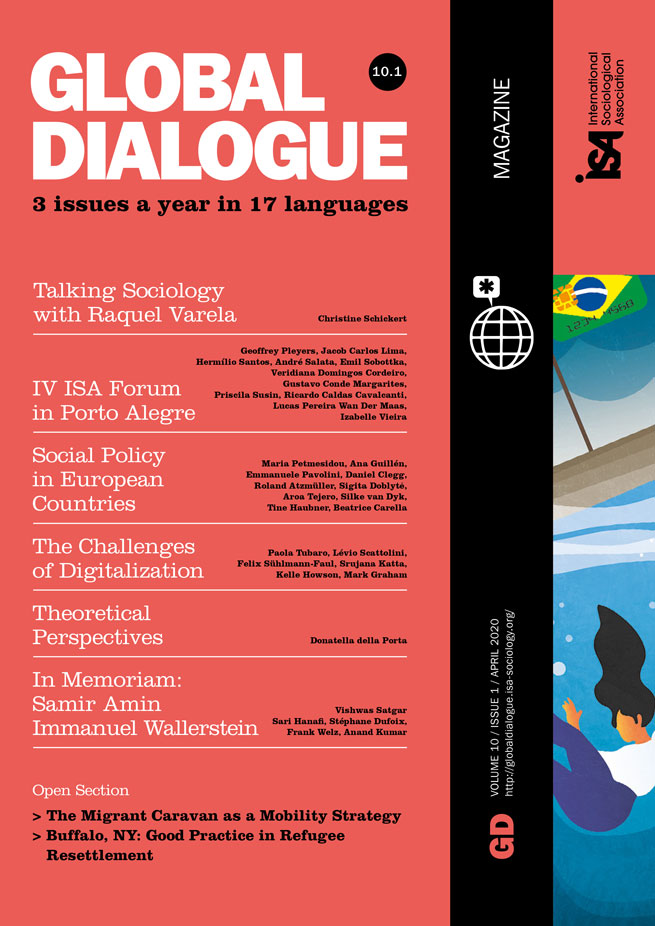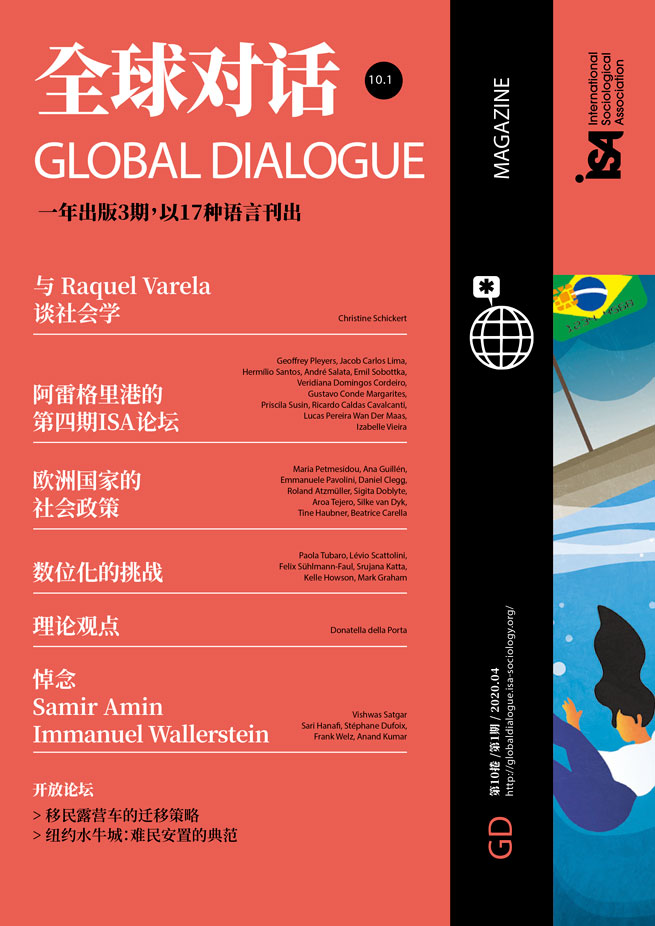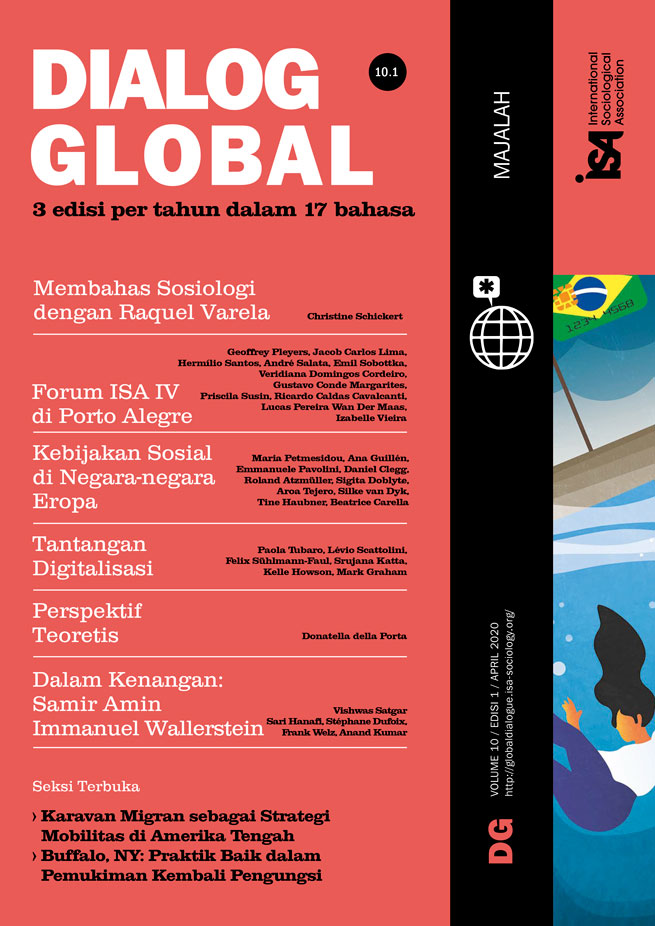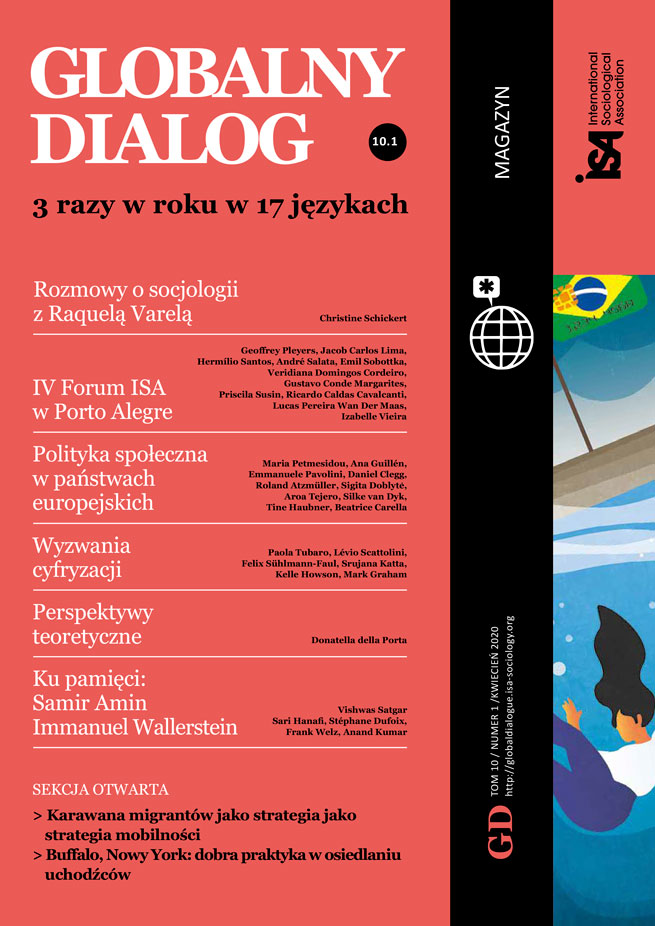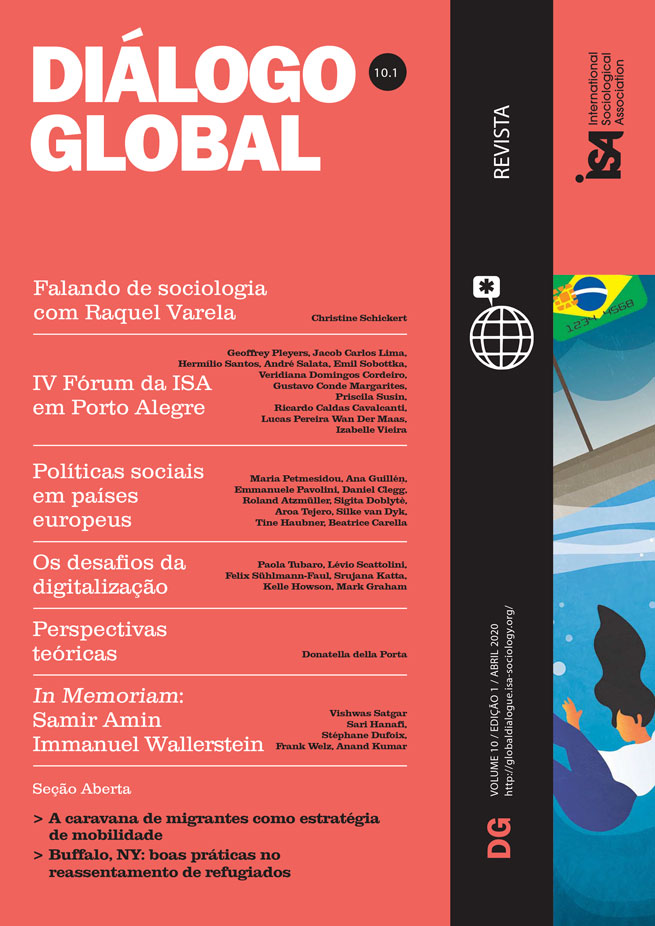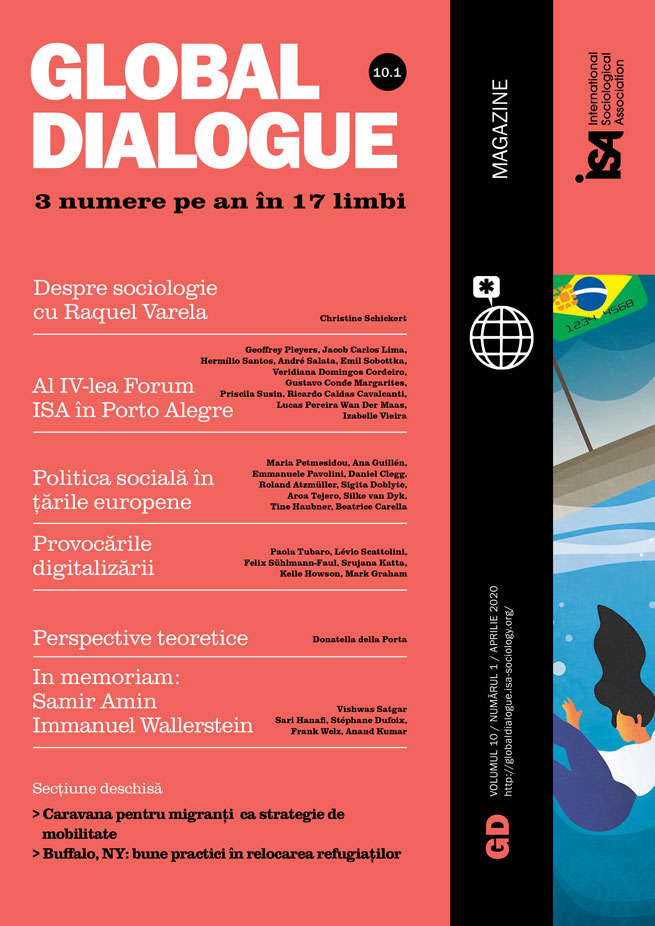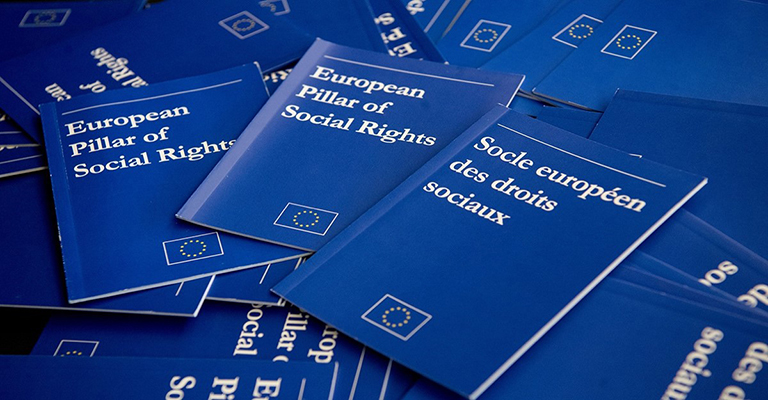On November 17, 2017, the Presidents of the European Parliament, the European Commission, and the European Council jointly signed a political declaration enshrining the social principles that the European Union (EU) embraces and fosters, titled the European Pillar of Social Rights (the Pillar or EPSR). This represented the flagship social initiative of the Commission led by Jean-Claude Juncker, who brought ‘Social Europe’ back into the debate around the future of European integration. Since his appointment in 2014, President Juncker had placed the issue of the European social dimension within a different discourse from the past: while the productive side of welfare states and social policies was still accounted for, the new Commission openly recognized the need to rethink future policies in terms of their social implications, in relation not only to the economy and labor markets, but also to objectives of social equality, fairness, and inclusion.
The long and contested process of formulation
It was within this renovated narrative and the willingness to break with previous policy patterns (at a time when the effects of austerity had fully revealed themselves) that the Pillar initiative was presented during Juncker’s State of the Union address in September 2015. The announcement was followed by a two-year long formulation phase: in March 2016, the Commission published a preliminary outline of the document and then opened a particularly long and broad public consultation process that lasted until the end of the year. While the peculiarities of the consultations show an effort to foster a larger and more bottom-up involvement of different stakeholders in the formulation of the text, the public availability of position papers and reports of the hearings and debates organized by the Commission allow us to investigate how the various preferences were reflected in the final document. This is key to understanding possible future developments of the initiative.
What emerges from an analysis of the outcomes of the public consultations is a high variability in the demands put forward by the various participants in the formulation process. More often than not, we can detect a divide between two main groups of actors: on the one hand, civil society organizations, confederations of trade unions, and the European Parliament stressed the need to ensure a “social protection floor” to guarantee citizens’ and workers’ rights in case of economic shocks and to strike a better balance between flexibility and security within labor markets, beside calling for a variety of policy instruments to implement the Pillar, including new EU legislation and supranational funding. On the other hand, employers’ and business associations, together with several Member States, were concerned about the emphasis on social inclusion and protection per se (with no direct links with labor market functioning) and strongly opposed the adoption of new legislation or funding mechanisms in the social field. This group of policy actors promoted further integration exclusively through “soft” policy coordination tools and with respect to the principle of subsidiarity.
A balancing act of symbolic value
By looking at the final version of the document, we can see that the Commission managed to balance the diverging views as follows: On a discursive level, EU institutions showed a changed narrative around the social dimension, abandoning not only austerity-oriented positions but also the notion of “social investment” (as in the Social Investment Package of 2013) to turn to the realm of rights protection and considering social inclusion and equality as stand-alone objectives, thus following the lines suggested by civil society organizations and trade unions. However, as regards the instruments proposed to put the Pillar into practice, they embraced the position advocated by the business sector and some Member States, by relying only on non-binding coordination and monitoring measures. While the final product was generally well perceived by the variegated universe of policy actors, the outcome of the EPSR initiative was a political, declaratory document enlisting a number of principles and aspirations recognized by the three main EU institutions. The only policy innovation was a new set of social indicators (the Social Scoreboard) to be loosely integrated in the overall macroeconomic coordination architecture. The added value of the Pillar rests so far in its symbolic nature, while the realization of its inherent potential to stir changes in the EU social dimension depends on the political will of the actors who will be involved in its implementation.
The results of the European Parliament (EP) elections and the appointment of the new College of Commissioners in 2019 provides a picture that is only partially promising in this respect. At the EU level, it seems that both bureaucrats and political groups recognized the importance of addressing social issues from a supranational perspective. In their manifestos for the EP elections, all European parties considered the social domain to be either as relevant as or even more important than in 2014, particularly the Party of European Socialists, the Greens, and the European Free Alliance (the former two also directly mentioning the Pillar). Moreover, the newly appointed President of the Commission, Ursula von der Leyen, made explicit reference to the EPSR in her introductory speech and political guidelines and mentioned the adoption of an “action plan” for its implementation. However, the role of individual Member States will be as crucial in the follow-up of the Pillar initiative as it was in its formulation and adoption and it is therefore important to consider also developments at the national level.
The role of Member States: The case of Italy
In the run-up to the EP elections in Italy, the European Pillar of Social Rights was absent from manifestos and public discussion, and the parties in favor of strengthening the EU social dimension (such as +Europa/ALDE, Europa Verde/Greens, and la Sinistra/GUE/NGL) suffered electoral defeats. These were also parties that framed their programs closely in line with their respective EU party family and in their electoral campaign addressed issues that were relevant both at national and supranational level. Even though the last EP elections were scarcely “Europeanized” but rather influenced by domestic political agendas, not only in Italy but across all Member States, the Italian case might not be the most representative one as regards the final electoral results. In fact, both ALDE and the Greens/EFA, with their pro-EU integration stance, overall managed to gain new seats in Strasbourg, potentially countervailing the votes for nationalist and Eurosceptic parties. However, in a policy area such as the social one, where the role of Member States is still predominant, the high political fragmentation emerging from the European Parliament makes the future of the EU social dimension even more uncertain. At the same time, this could create an opportunity for supranational actors, the new Commission in particular, to foster stronger integration in the social area, building on the foundation – the Pillar – laid by their predecessors.
Beatrice Carella, Scuola Normale Superiore, Florence, Italy <beatrice.carella@sns.it>





